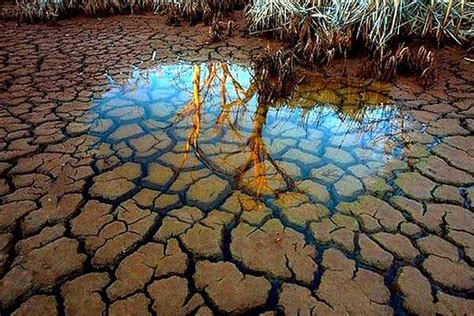Beneath the surface of our planet lies a vast network of aquifers, subterranean reservoirs that contain more than 30% of the world’s freshwater. These natural water storage systems are essential for sustaining life on Earth, providing drinking water, irrigation for agriculture, and support for ecosystems.

Aquifer Basics
Aquifers are formed when water seeps into the ground and fills the spaces between soil particles or rock formations. The water table, the upper boundary of the aquifer, fluctuates depending on factors such as rainfall, groundwater pumping, and evaporation.
Aquifers are classified into two main types:
- Unconfined Aquifers: These have no impermeable layer above them, allowing water to flow in and out freely.
- Confined Aquifers: These are sandwiched between impermeable layers, restricting water movement and creating pressure within the aquifer.
Importance of Aquifers
Aquifers play a vital role in various aspects of human society and ecosystems:
- Drinking Water: Over 2 billion people worldwide rely on aquifers for their drinking water supply.
- Agriculture: Irrigation from aquifers accounts for nearly 40% of global food production.
- Ecosystems: Aquifers provide water for wetlands, lakes, and rivers, supporting diverse plant and animal life.
- Industry: Many industries rely on aquifers for cooling, processing, and manufacturing purposes.
Threats to Aquifers
Despite their importance, aquifers face several threats:
- Over-extraction: Pumping groundwater faster than it can be replenished depletes aquifers.
- Pollution: Industrial chemicals, agricultural fertilizers, and sewage can contaminate aquifers.
- Climate Change: Rising temperatures and altered rainfall patterns can affect aquifer recharge rates.
Aquifer Conservation
Protecting aquifers is crucial for safeguarding our water resources. Here are some ways to conserve aquifers:
- Sustainable Pumping: Regulate groundwater extraction to allow aquifers to recharge naturally.
- Pollution Control: Implement laws and practices to prevent aquifer contamination.
- Water Conservation: Promote water-efficient practices in homes, industries, and agriculture.
- Monitoring and Research: Regularly monitor aquifer levels and conduct research to understand and mitigate threats.
Innovative Aquifer Technologies
Researchers are continuously developing innovative technologies to enhance aquifer management:
- Artificial Recharge: Injecting surface water or treated wastewater into aquifers to supplement recharge.
- Aquifer Storage and Recovery: Using aquifers for storing water, such as excess rainwater or desalinated seawater.
- Aquifer Mapping and Modeling: Detailed mapping and computer models help predict aquifer behavior and identify potential risks.
Conclusion
Aquifers are indispensable natural resources that sustain life on Earth. Their protection and sustainable management are essential for the well-being of present and future generations. By implementing conservation measures and embracing innovation, we can ensure the availability of these precious water treasures for years to come.
Additional Information
Key Statistics
- Aquifers hold approximately 70% of the world’s unfrozen freshwater.
- Global groundwater extraction has doubled in the past 50 years.
- Over 50% of the world’s population lives within 50 kilometers of an aquifer.
Informative Tables
| Aquifer Type | Water Flow | Permeability |
|---|---|---|
| Unconfined Aquifer | Unrestricted | High |
| Confined Aquifer | Restricted | Low |
| Threat to Aquifers | Impact | Mitigation |
|---|---|---|
| Over-extraction | Depletion and lower water tables | Sustainable pumping regulations |
| Pollution | Contaminated groundwater | Pollution control measures |
| Climate Change | Alterations in recharge rates | Adaptation strategies |
| Innovative Aquifer Technology | Purpose | Benefits |
|---|---|---|
| Artificial Recharge | Supplement aquifer recharge | Increased groundwater storage |
| Aquifer Storage and Recovery | Store excess water in aquifers | Improved water security |
| Aquifer Mapping and Modeling | Predict aquifer behavior | Informed decision-making |
| Water User | Aquifer Dependence | Conservation Measures |
|---|---|---|
| Domestic Households | Drinking water, sanitation | Water-efficient appliances, rainwater harvesting |
| Agriculture | Irrigation | Drip irrigation, crop diversification |
| Industries | Cooling, processing | Water recycling, closed-loop systems |
